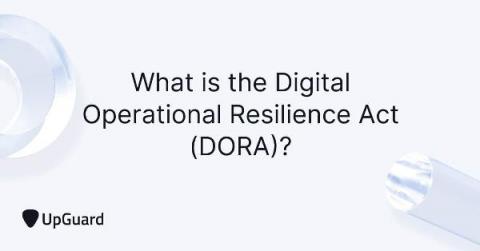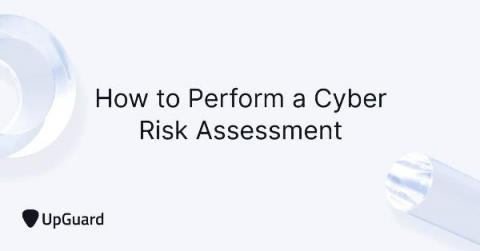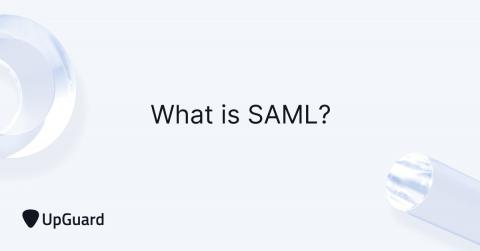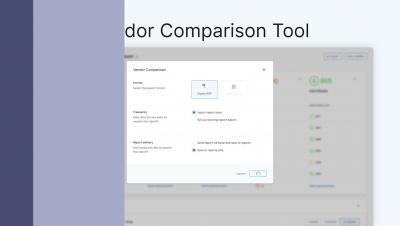What is an Attack Vector? A Deep Dive Into Security Exposures
In cybersecurity, an attack vector is a method of gaining unauthorized access to a private network. These pathways are either unintentional, such as vulnerabilities in third-party software, or intentionally designed by hackers, such as malicious software (malware). Cybercriminals primarily exploit attack vectors to advance extorsion tactics, the most popular being the deployment of ransomware.











